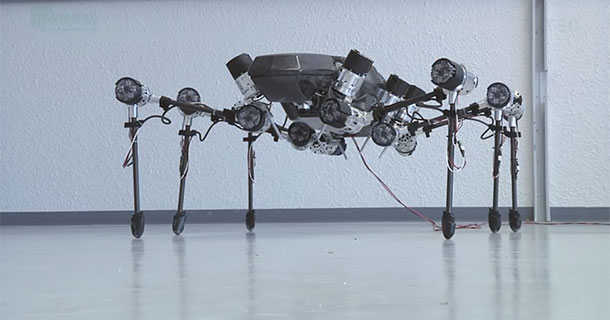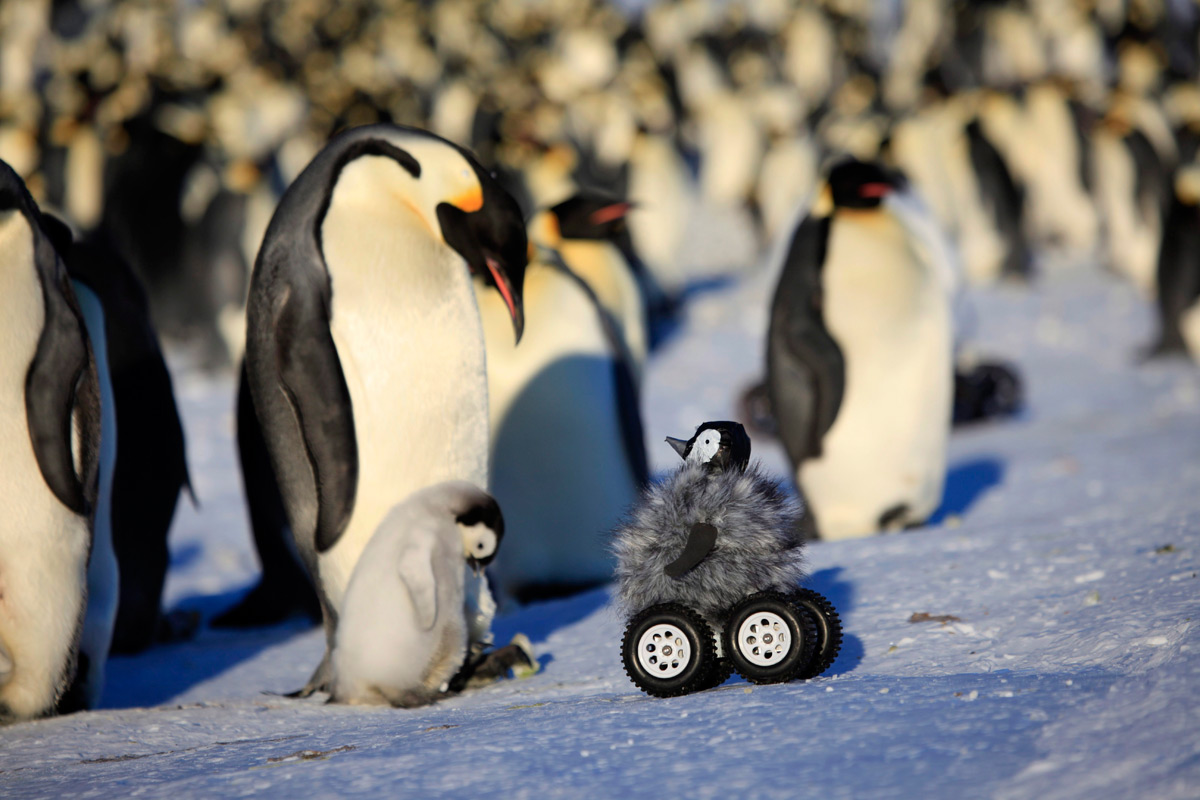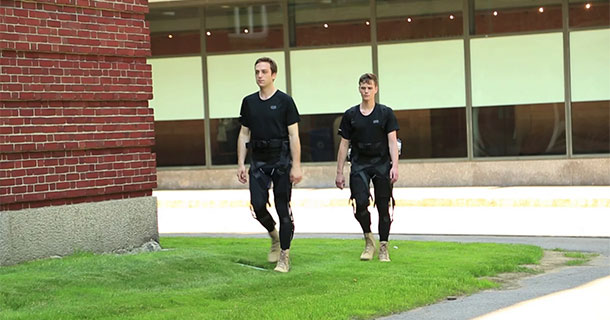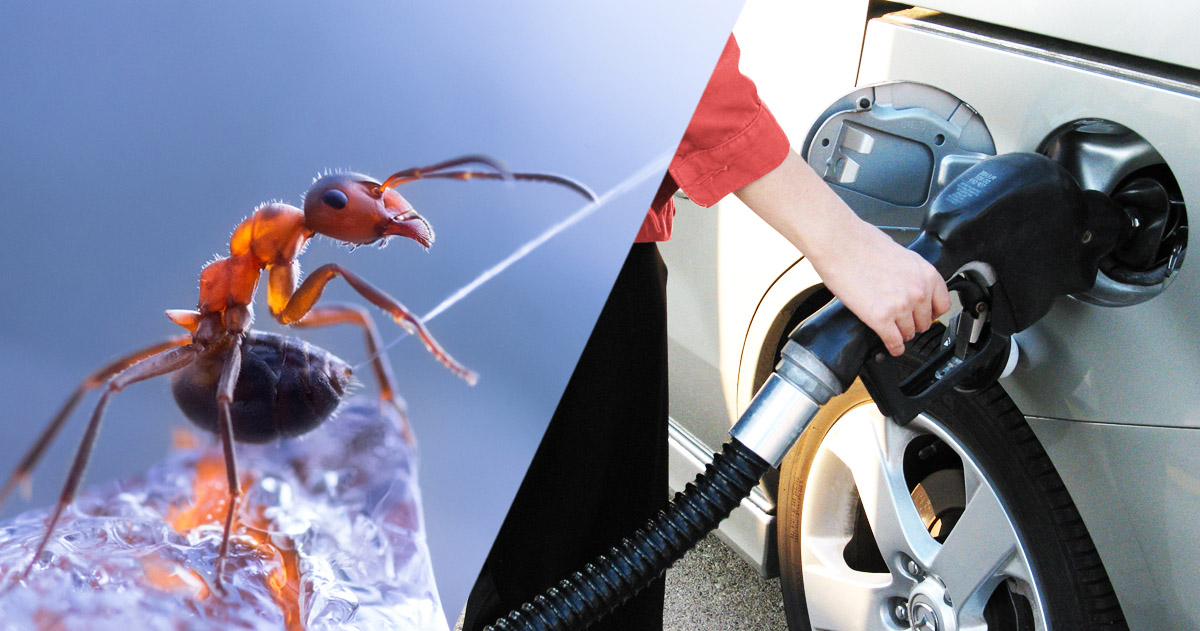Tag: SEARCH
-

Hector: This Bio Inspired Hexapod Moves Swiftly Like A Real Insect
Hector is a small insect robot built by a research team from the University of Bielefeld in Germany. It very closely mimics the behavior of real insects where each leg can adapt itself to the surface and moves swiftly. Hector is an autonomous hexapod, its acronym stands for Hexapod Cognitive autonomously Operating Robot. Basically, the robot was designed with…
-

Can We Use Robots To Save Penguins From Extinction?
Studying the animals in the wild without disturbing them is a well-known challenge for the researchers. It is in this context that a team of French scientists has developed a small robot-like penguin. This device turns out to be much less stressful for Penguins to be studied. Yvon Le Maho and his team at the University of Strasbourg have conducted…
-

Soft Exosuit: DARPA To Develop A Light Weight Fabric Exoskeleton
The United States Agency for defence research projects, DARPA, has awarded a grant of $ 2.9 million to the Wyss Institute at Harvard for the development of a fabric exoskeleton. The Wyss Institute, specializing in Bio-inspired Engineering at Harvard University, has been awarded a grant under the program Web Warrior to develop the combat uniform for future…
-

French Researchers Use Ant Secretions To Make Green Fuel
French scientists have made a fantastic discovery. With the acid secreted by ants, they are able to manufacture Methanol, an essential component of the clean fuel of the future. This method is particularly interesting because it has a zero carbon footprint. In other words, it is both economical and environmental friendly. Researchers from the Commission for Atomic and Alternative…
-

Researchers Isolate The Anti-Aging Protein In The Blood
Researchers have made a startling discovery: they were able to isolate the protein in the blood that can reverse the effects of aging. We explain everything about this unprecedented revelation that could shake the humanity. Scientists from Harvard Stem Cell Institute are behind this amazing discovery. Since 2005, we know that injecting the blood of young mice in older…